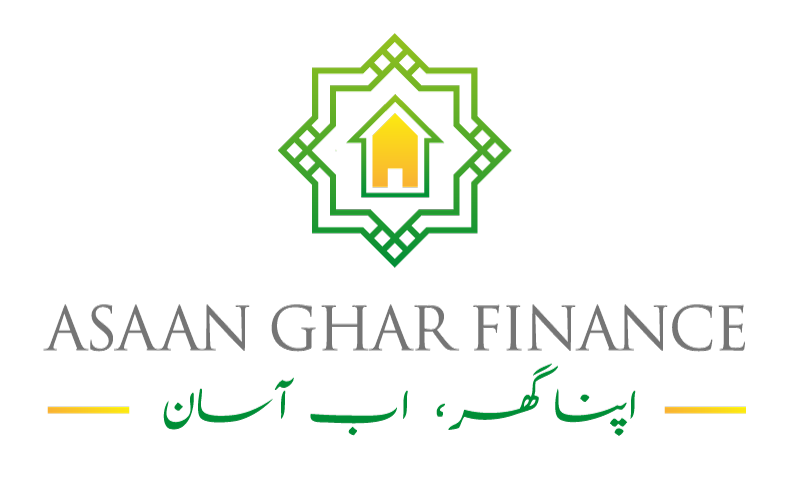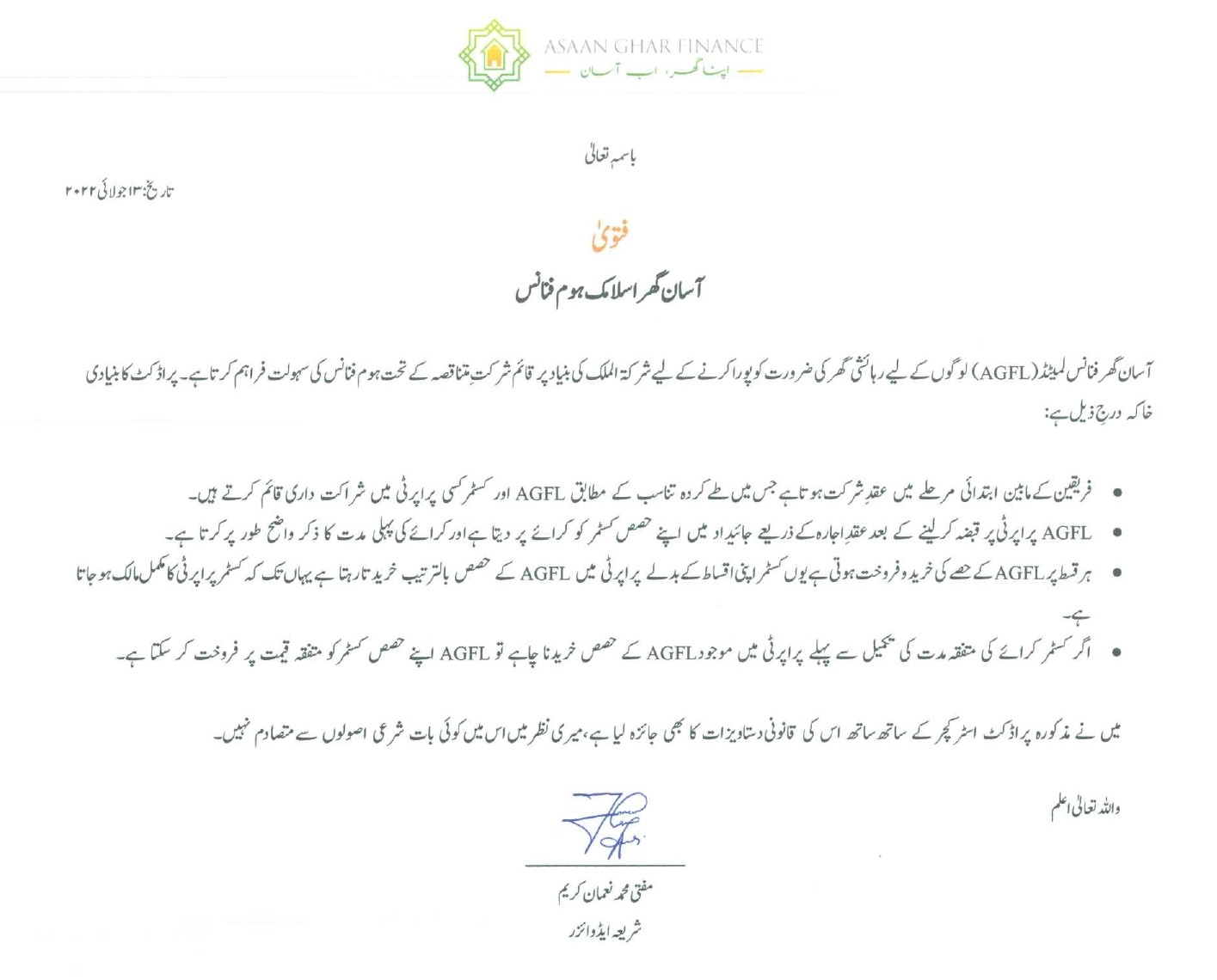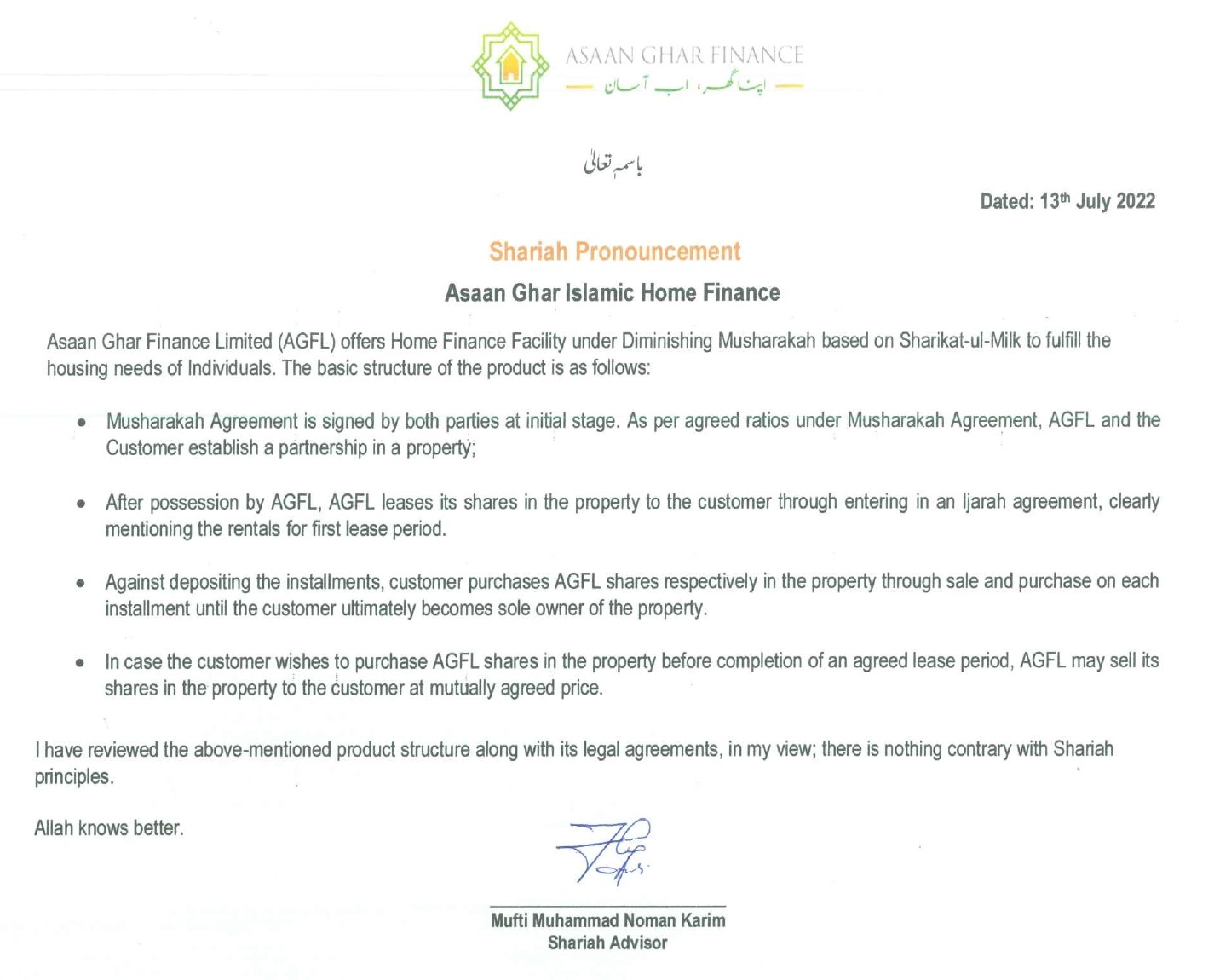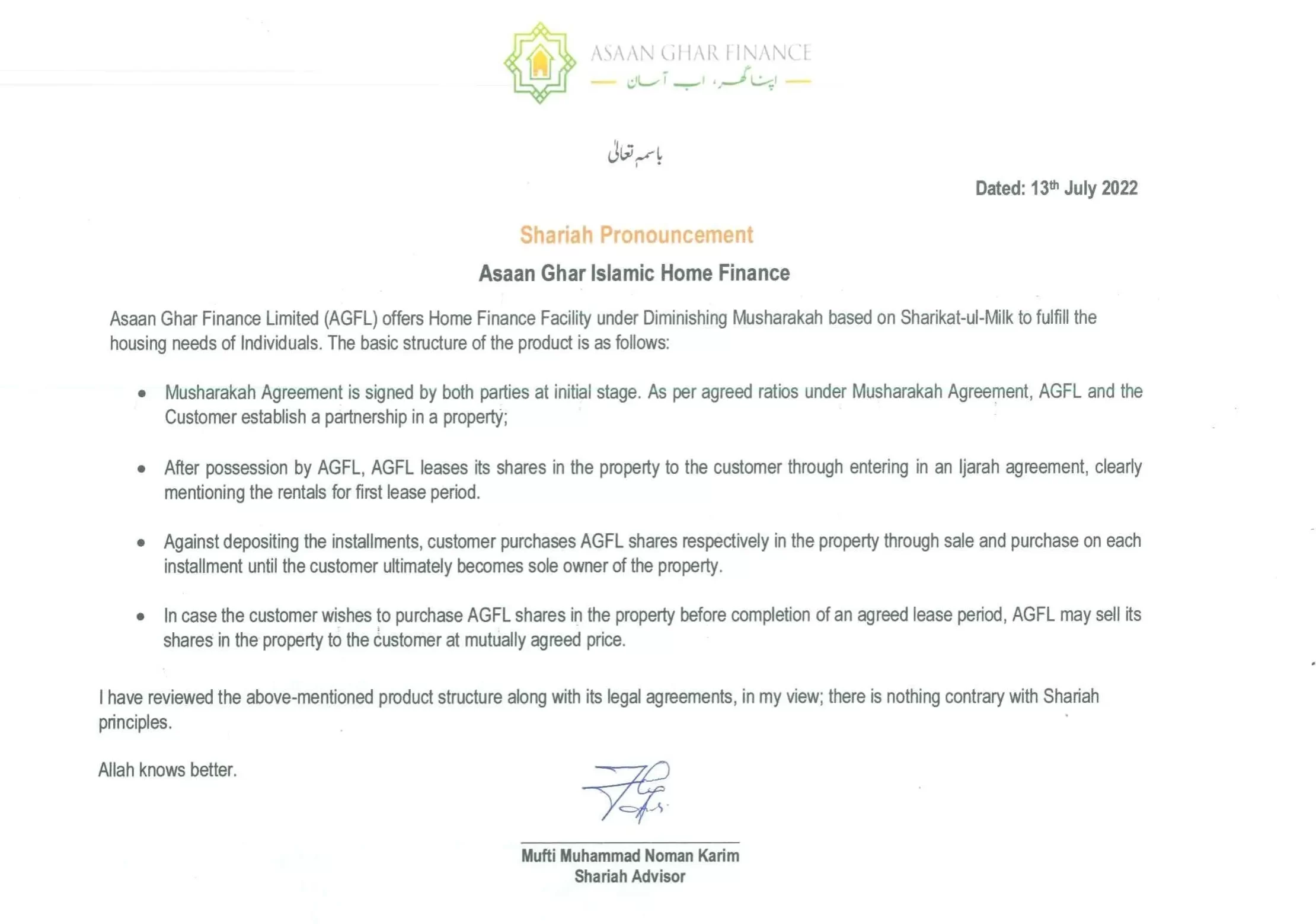
Variable vs. Fixed Profit Rates in Islamic Home Financing: What’s the Difference?
When applying for Islamic home financing, one of the first—and most important—choices you’ll face is deciding between a fixed or variable profit rate. While both options are Shariah-compliant and avoid interest (riba), they function differently and can significantly impact your monthly payments and long-term affordability.
A fixed profit rate offers peace of mind with consistent payments, ideal for buyers who prefer stability and long-term budgeting. On the other hand, a variable profit rate is linked to market benchmarks like KIBOR (Karachi Interbank Offered Rate) and can rise or fall during your financing term—leading to potential savings or added financial pressure.
Understanding the difference between variable vs fixed profit rates in Islamic home Loans is essential if you want to make the right choice based on your risk tolerance, income consistency, and future plans.
In this blog post, we’ll break down how each profit rate works, explore their advantages and trade-offs, and help you decide which option best fits your financial journey. If you’re considering Shariah-compliant home financing, this guide will help you weigh the pros and cons with confidence.
What Are Profit Rates in Islamic Home Financing?
In Islamic home financing, profit rates are used in place of interest rates to determine the bank’s return on financing. Unlike conventional mortgages, which are based on lending money at an interest rate (riba), Islamic banks earn profit through Shariah-compliant transactions—such as selling, leasing, or co-owning assets with the buyer.
Here’s how it works:
- In Murabaha, the bank purchases the property and sells it to the buyer at a pre-agreed profit. The total repayment amount is fixed and paid in installments.
- In Ijara, the bank buys the property and leases it to the customer. The lease payments include a profit component.
- In Diminishing Musharakah, the buyer and bank co-own the property, and the buyer gradually purchases the bank’s share while paying rent on the portion still owned by the bank. The rent includes a profit margin.
The profit rate reflects the bank’s earnings from the asset—not from money lending—and is structured to comply with Shariah guidelines. However, that profit can be calculated using either a fixed rate or a variable rate, depending on the bank’s policy and your financing agreement.
Understanding the difference between variable vs fixed profit rates in Islamic home laons is critical to managing your affordability and expectations throughout the financing term.
Fixed Profit Rate: Stability and Predictability
A fixed profit rate in Islamic home financing means that the profit charged on your financing remains unchanged throughout the agreed tenure. Your monthly payments stay the same, regardless of fluctuations in market conditions or benchmark rates like KIBOR.
Advantages of Fixed Profit Rates
- Predictable Installments: You’ll know exactly how much you owe each month, making budgeting easier.
- Protection from Market Volatility: If profit benchmarks rise (e.g., KIBOR increases), your rate stays locked.
- Peace of Mind: Fixed rates offer emotional and financial stability, especially for first-time buyers or those with fixed incomes.
Considerations
- Fixed rates are often slightly higher at the outset compared to variable rates, to account for the bank’s risk over time.
- If the market profit rate drops significantly, you won’t benefit from lower payments.
- Some banks offer fixed rates only for an initial period (e.g., 3–5 years), after which the rate may convert to variable.
A fixed rate is a smart choice if you:
- Prefer certainty over risk
- Have a tight or fixed monthly budget
- Plan to stay in the home for the full financing term
In the comparison of variable vs fixed profit rates in Islamic home loans, fixed rates appeal to those who value stability over potential savings from market shifts.
Variable Profit Rate: Flexibility with Market Exposure
A variable profit rate in Islamic home financing is tied to a benchmark—most commonly the Karachi Interbank Offered Rate (KIBOR)—and is reviewed and adjusted periodically (e.g., every 6 or 12 months). While still Shariah-compliant, this structure exposes your monthly payments to fluctuations in the broader market.
Advantages of Variable Profit Rates
- Lower Initial Payments: These rates typically start lower than fixed rates, making them more affordable in the short term.
- Potential for Savings: If market rates decline, your monthly installments may reduce as well.
- Transparent Benchmarking: Adjustments follow an agreed-upon formula linked to a known public benchmark like KIBOR, ensuring fairness.
Considerations
- Payment Uncertainty: Since your installment can increase with rising market rates, it’s harder to plan long-term budgets.
- Economic Risk: In inflationary periods or rising interest environments, variable rates can climb quickly.
- Financial Stress: Unpredictable hikes may place strain on borrowers with fixed or moderate incomes.
Variable profit rates are best suited for:
- Buyers expecting short-term financing or early settlement
- Those with flexible income sources
- Risk-tolerant borrowers who can absorb payment fluctuations
In the context of variable vs fixed profit rates in Islamic home loans, variable rates offer the opportunity to save—but at the cost of uncertainty.
Key Differences at a Glance
To help you quickly compare variable vs fixed profit rates in Islamic home loans, here’s a side-by-side breakdown of the most important factors:
| Feature | Fixed Profit Rate | Variable Profit Rate |
| Monthly Installments | Remain constant throughout the financing term | Fluctuate based on market benchmarks like KIBOR |
| Budget Planning | Easier due to payment predictability | More difficult due to uncertainty in future payment amounts |
| Initial Profit Rate | Usually slightly higher at the start | Usually lower at the start |
| Market Sensitivity | Not affected by changes in market rates | Directly influenced by economic conditions and KIBOR |
| Best Suited For | Conservative, fixed-income buyers | Flexible income earners or short-term homeowners |
| Risk Level | Low risk of cost increase | Moderate to high depending on market volatility |
| Peace of Mind | High—ideal for long-term planners | Moderate—requires comfort with market-driven adjustments |
This table makes it clear: fixed profit rates offer certainty and stability, while variable profit rates offer potential savings with added risk. Your decision should align with your financial temperament, income consistency, and long-term plans.
How to Choose the Right Option
Choosing between variable vs fixed profit rates in Islamic home loans depends largely on your financial stability, risk tolerance, and future plans. Here’s how to make the decision easier.
Evaluate Your Income Stability
If you have a steady monthly income and prefer predictable payments, a fixed profit rate offers peace of mind. If your income varies—or you expect increases in the near future—a variable rate may be manageable and even beneficial.
Assess Market Trends
Keep an eye on KIBOR trends. If rates are relatively low and expected to remain stable or decline, a variable profit rate could lead to lower monthly payments. If the market is volatile or on an upward trend, fixed rates may protect you from future increases.
Consider Your Financing Horizon
If you plan to stay in the home for the long term, the predictability of a fixed rate may be preferable. If you expect to sell or refinance within a few years, a variable rate might save you money upfront.
Talk to a Shariah-Compliant Advisor
Before making a final decision, consult with your Islamic financing partner. Institutions like Asaan Ghar Finance can walk you through scenarios based on your income, goals, and repayment capacity—ensuring your choice aligns with your values and long-term plans.
Conclusion
Whether you choose a fixed or variable profit rate, both are valid, Shariah-compliant ways to finance your home—each with its own pros and trade-offs. Fixed profit rates provide predictability and peace of mind, while variable rates offer flexibility and potential cost savings, depending on market trends.
When comparing variable vs fixed profit rates in Islamic home loans, the smarter choice is the one that fits your financial lifestyle. If you value consistent payments and long-term security, a fixed rate may be ideal. If you’re more comfortable with market fluctuations and want to take advantage of lower initial payments, a variable rate may work in your favor.
Before locking in your decision, review your income stability, long-term plans, and risk appetite. And most importantly, speak with a knowledgeable Islamic financing provider to explore your options with full transparency.
Looking for guidance tailored to your goals?
Contact Asaan Ghar Finance for personalized, Shariah-compliant home financing advice—whether you prefer stable or market-linked profit rates.
Call: 0213 4300801-3
Email: contact@asaanghar.com
Apply Online









Leave A Comment